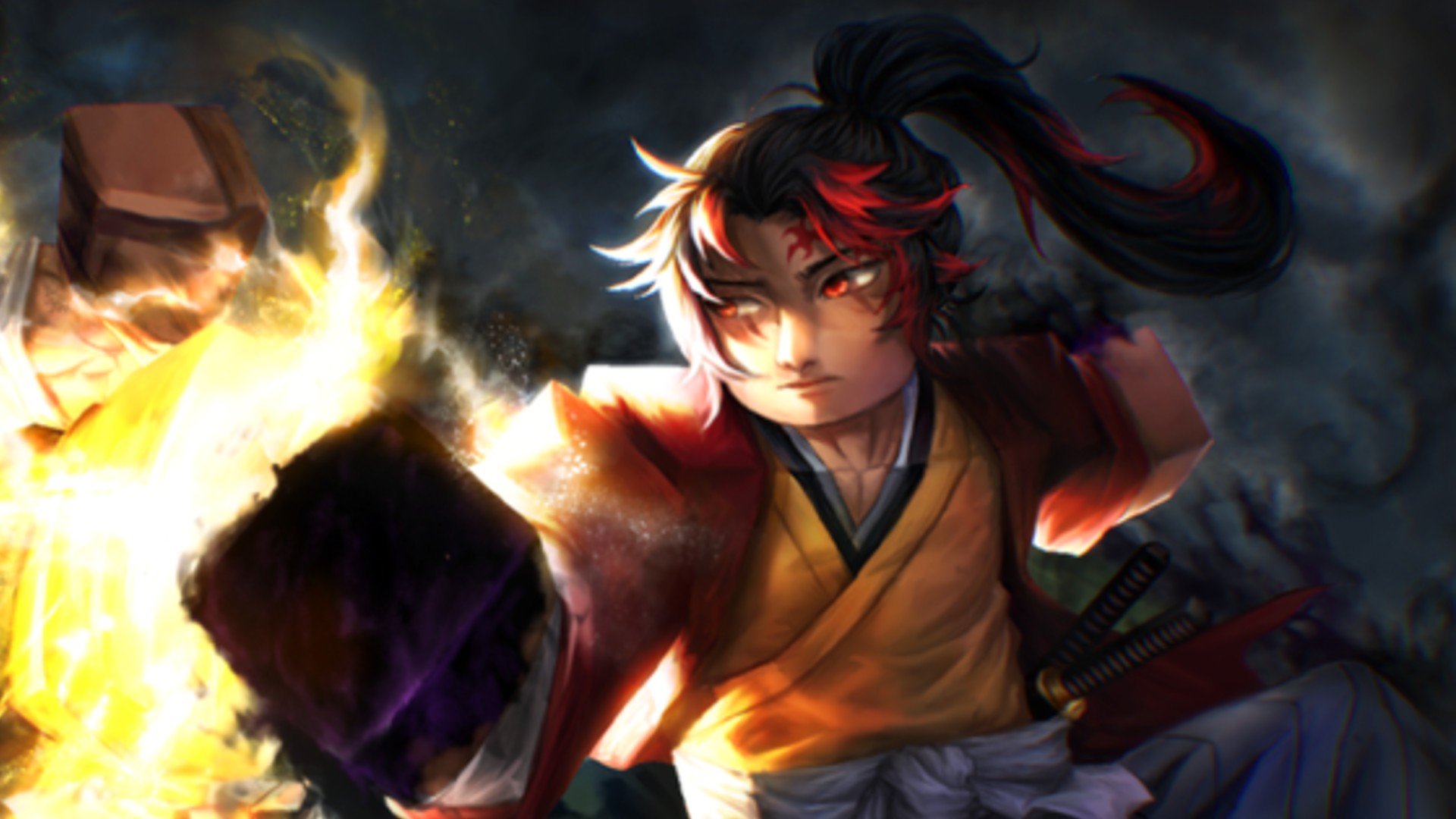Review: Blade Chimera Is a Stylish Cyberpunk Metroidvania
Blade Chimera makes a stellar first impression. The title screen is awash with synthwave and neon, welcoming you before the game drops you straight into the action. You’re a man named Shin, equipped with a plasma gun for hunting demons. That’s all you need to know; now go! Some impressive opening set pieces later, you know you’re in for a good time. Even better, it maintains that quality through the whole experience. Blade Chimera is the newest game from Team Ladybug, the studio who previously gave the world Touhou: Luna Nights and Record of Lodoss War: Deedlit in Wonder Labyrinth. Unlike those two games, this one is not based on an existing property, allowing the team to take its expertise in making Metroidvanias and apply it to a world entirely of its own creation. Screenshot by Siliconera That world is a future Japan, where demons roam after being driven back from the remnants of humanity by the Holy Union. This religious order operates under strict rules, from enforced gender roles to a limit on what tools their own agents can use to take down demons. Shin is one of the Holy Union’s Vicars, hunting down titanic demons that are threatening humanity. But as his journey progresses, he uncovers secrets that reveal some dark truths at the heart of everything. Refreshingly, this world is discovered organically, with minimal lore documents cluttering up the place. You discover the world’s customs, history and quirks entirely through NPC interactions and environmental storytelling. This approach to worldbuilding is a major strength for Blade Chimera. Many mysteries lie at the heart of this world, and few answers are forthcoming. This mystery drives the story forward, leaving plenty of space for speculation. It drip feeds information to you and leaves you to piece it all together. I’m a big fan of stories told this way, so Blade Chimera always held my attention. That said, some of its deeper revelations were a little too obvious in how they were telegraphed. Screenshot by Siliconera This all helps hold together a solid side-scroller. Ostensibly, Blade Chimera is a Metroidvania with an open map and ability unlocks that enable you to reach new areas. However, it doesn’t quite line up with the traditional structure, where new abilities lead you to new objectives. Instead, abilities are unlocked from a skill tree and open up optional collectibles, while forward progression is instead locked by story events. The result feels more like a hub world wrapped around different mission locations that can be revisited at any time than a true Metroidvania experience. Blade Chimera ileans heavily on the “vania” part in a few other ways. While Shin is initially equipped with a plasma blaster, it doesn’t take long before you unlock the ability to equip melee weapons and gain access to a magical demon held within a sword. The weapon options plus the animations they use strongly evoke the Igarashi Castlevania games, especially Symphony of the Night. Even the game’s central unique feature, the demon sword, is reminiscent of the Sword Familiar in how it follows Shin around. Even the map design appears to have been copied over. This means that if you’re familiar with Konami’s series, you’ll jump into Blade Chimera with ease. Combat and movement feel extremely similar, right down to Shin’s delightfully stompy walk. The most notable exception to this is the lack of a backdash, something I would have liked them to have copied. There is a dodge roll, but its default forward movement can lead to accidental collisions, while also lacking the finesse of Alucard’s stylish moonwalk. Screenshot by Siliconera The main mechanical difference from these obvious inspirations is Lux. This demon appears to Shin during the game’s prologue, taking the form of a magical blade that looks like a sword but is really a Swiss army knife in its versatility. It can be thrown forwards as an attack but directing this throw towards a wall or floor causes it to stick in. While stuck, it generates a shield that deflects most demonic projectiles. It also has a physical presence, so slamming it into a wall can create a platform to reach higher spaces. It can also be used as a grappling hook and reality warping tool for specific puzzles. I had a lot of fun playing around with all these features. It was immensely satisfying to react to an enemy suddenly throwing projectiles with a surprise shield, followed by plasma blasts from the safety of my ethereal cocoon. The ease at which you can switch between melee, ranged and magical is also endlessly fun, making Blade Chimera incredibly smooth to play. Screenshot by Siliconera All this confidence is backed up by stellar presentation. The visuals are meticulously detailed pixel art, once again inspired by Castlevania when it comes to character animation. But it goes much further than this, as moody cityscapes gaze out at you from the background, subway stations are littered with unique graffiti and
![]()
Blade Chimera makes a stellar first impression. The title screen is awash with synthwave and neon, welcoming you before the game drops you straight into the action. You’re a man named Shin, equipped with a plasma gun for hunting demons. That’s all you need to know; now go! Some impressive opening set pieces later, you know you’re in for a good time. Even better, it maintains that quality through the whole experience.
Blade Chimera is the newest game from Team Ladybug, the studio who previously gave the world Touhou: Luna Nights and Record of Lodoss War: Deedlit in Wonder Labyrinth. Unlike those two games, this one is not based on an existing property, allowing the team to take its expertise in making Metroidvanias and apply it to a world entirely of its own creation.
That world is a future Japan, where demons roam after being driven back from the remnants of humanity by the Holy Union. This religious order operates under strict rules, from enforced gender roles to a limit on what tools their own agents can use to take down demons. Shin is one of the Holy Union’s Vicars, hunting down titanic demons that are threatening humanity. But as his journey progresses, he uncovers secrets that reveal some dark truths at the heart of everything. Refreshingly, this world is discovered organically, with minimal lore documents cluttering up the place. You discover the world’s customs, history and quirks entirely through NPC interactions and environmental storytelling.
This approach to worldbuilding is a major strength for Blade Chimera. Many mysteries lie at the heart of this world, and few answers are forthcoming. This mystery drives the story forward, leaving plenty of space for speculation. It drip feeds information to you and leaves you to piece it all together. I’m a big fan of stories told this way, so Blade Chimera always held my attention. That said, some of its deeper revelations were a little too obvious in how they were telegraphed.
This all helps hold together a solid side-scroller. Ostensibly, Blade Chimera is a Metroidvania with an open map and ability unlocks that enable you to reach new areas. However, it doesn’t quite line up with the traditional structure, where new abilities lead you to new objectives. Instead, abilities are unlocked from a skill tree and open up optional collectibles, while forward progression is instead locked by story events. The result feels more like a hub world wrapped around different mission locations that can be revisited at any time than a true Metroidvania experience.
Blade Chimera ileans heavily on the “vania” part in a few other ways. While Shin is initially equipped with a plasma blaster, it doesn’t take long before you unlock the ability to equip melee weapons and gain access to a magical demon held within a sword. The weapon options plus the animations they use strongly evoke the Igarashi Castlevania games, especially Symphony of the Night. Even the game’s central unique feature, the demon sword, is reminiscent of the Sword Familiar in how it follows Shin around. Even the map design appears to have been copied over.
This means that if you’re familiar with Konami’s series, you’ll jump into Blade Chimera with ease. Combat and movement feel extremely similar, right down to Shin’s delightfully stompy walk. The most notable exception to this is the lack of a backdash, something I would have liked them to have copied. There is a dodge roll, but its default forward movement can lead to accidental collisions, while also lacking the finesse of Alucard’s stylish moonwalk.
The main mechanical difference from these obvious inspirations is Lux. This demon appears to Shin during the game’s prologue, taking the form of a magical blade that looks like a sword but is really a Swiss army knife in its versatility. It can be thrown forwards as an attack but directing this throw towards a wall or floor causes it to stick in. While stuck, it generates a shield that deflects most demonic projectiles. It also has a physical presence, so slamming it into a wall can create a platform to reach higher spaces. It can also be used as a grappling hook and reality warping tool for specific puzzles.
I had a lot of fun playing around with all these features. It was immensely satisfying to react to an enemy suddenly throwing projectiles with a surprise shield, followed by plasma blasts from the safety of my ethereal cocoon. The ease at which you can switch between melee, ranged and magical is also endlessly fun, making Blade Chimera incredibly smooth to play.
All this confidence is backed up by stellar presentation. The visuals are meticulously detailed pixel art, once again inspired by Castlevania when it comes to character animation. But it goes much further than this, as moody cityscapes gaze out at you from the background, subway stations are littered with unique graffiti and an abandoned cinema features detailed movie posters peeling off the walls.
Enemy designs are also a highlight. The demons you’re forced to face are an assortment of yokai, ranging from the standard oni and tengu to more unusual types such as the kasa-obake (haunted umbrella) and rokurokubi (long-necked woman). They even threw in a few surprise enemies, one of which genuinely made me laugh out loud for how silly it was. There’s a huge amount of imagination on show in these designs and I loved seeing what else the devs had cooked up for me in each new area.
Sadly, Blade Chimera is not without its problems. While the loose Metroidvania structure is generally not an issue, sometimes the lack of progression through abilities forces some awkward design choices. This was most obvious when I wandered off to explore some areas I hadn’t been and found an area I couldn’t make any progress in. However, when the story demanded I headed in that direction, a platform mysteriously appeared. This felt like a cheap way to gate off areas I’m not expected to go to and I would have preferred if it just needed a double jump obtained from an appropriate boss instead.
There were also moments later in the game where unnecessary frustrations began to creep in. One sequence mandated that I cross the entire map while moving at a crawl compared to my usual speed. Checkpoints were locked out, meaning any death during this sequence required me to repeat the long, tedious trek all over again. This was immediately followed by a requirement to head to an area locked by a keycard, with no indication where the required keycard was, and no amount of warping to seemingly unfinished areas seemed to help uncover it. These were both major blips to an experience that, up until that point, had great pacing and a decent challenge.
However, these moments aside, it’s easy to recommend Blade Chimera. If a cyberpunk Metroidvania with a cool magical sword and an intriguing yokai-infested world sounds good to you, you need to play it. Has some occasional missteps but overall remains a great experience.
Blade Chimera is available for the Switch and PC.
The post Review: Blade Chimera Is a Stylish Cyberpunk Metroidvania appeared first on Siliconera.
What's Your Reaction?








































